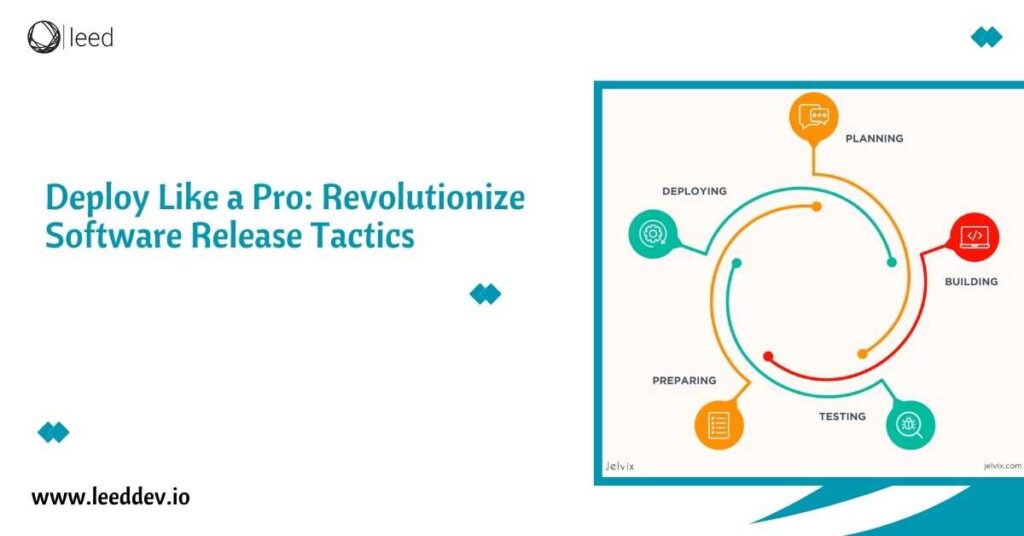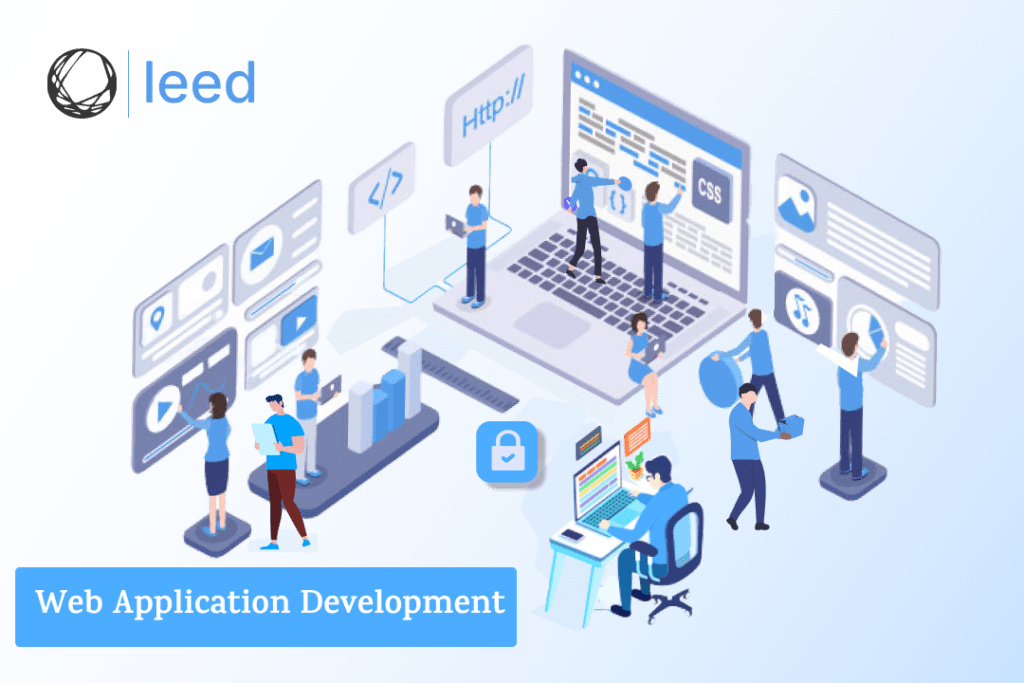Mastering software release and deployment strategies is essential to competitiveness in the ever-changing software development industry. It also means becoming adaptable to changing user needs.
What is Software Release and Deployment?
Software Release
A software development team prepares a new software release that typically includes a specific version of the code and associated resources.
Software Deployment
Another example of software deployment could be when a user downloads a mobile application from the Integration Store and installs it onto their mobile device.
Stages of Software Release
There are different stages of software release that one should keep in mind when planning :
1. Pre-alpha: In the pre-alpha stage, activities like designing and analyzing new features are performed before testing software.
2. Alpha: Software testing starts at this phase, which the software development team manages. Software developers conduct alpha testing using different techniques for the validation of software.
3. Beta: The new software version is available to specific customers or testers at the beta stage. Additional feedback on any remaining bugs is collected and addressed
4. Release candidate: This stage involves developing the final version of the software product for official market release to end users.
Types of software releases
In addition to the various stages of the software lifecycle, there are also three types of software releases:
- Major release. A significant release includes wide-ranging changes in the existing software version, and new features will also be included to improve the user experience.
- Minor release. A minor release introduces small improvements in the functionality of the software. However, changes or modifications are made to existing features instead of releasing new vital features.
- Emergency fixes. In this type of software release, emergency fixes are reserved for urgent issues that may impact the user experience.
Software release Techniques
Different techniques are used to release software, which differ from software deployment:
Big Bang Releases
These software releases occur when a team works on a project for several months in preparation for publishing it all at once as a significant product development event.
Canary Deployment
Another name for a canary release is canary deployment. This deployment model enables software developers to quickly test new features or code with a small user base.
Deployment Strategies
There are different types of strategies which are explained in detail:
Blue/Green Deployment
The new software version coexists with the older version under this deployment strategy. In this case, the more recent version of the application is either green or black. The load balancer automatically switches traffic from the older version to the newer version. Once the new version has been verified and tested to meet all requirements, this strategy’s main benefit is allowing for a speedy update or new application version rollout.
Big Bang Strategy
It is a high-risk deployment strategy, as any errors or issues in the new version of the software can affect the entire system, causing significant disruption or downtime.
Continuous Deployment
Every modification made to the software codebase is automatically and continuously deployed to production as part of the Continuous Deployment (CD) software development process. Put another way, it’s an extension of continuous integration (CI), which involves integrating code changes into the main codebase multiple times daily. In contrast, continuous deployment (CD) automatically deploys thoroughly tested and validated code changes to production without human intervention.
Zero Deployment
Zero downtime deployment (ZDD) allows you to complete the process from start to finish without any downtime. Whether you’re launching a new version of your application or migrating your ecosystem to a new infrastructure, you need an entire database.
Canary Deployment
This method allows developers to validate the update in a live production environment. It keeps an eye out for any problems or errors by releasing the updated software version to a small subset of users.
Rolling Deployment
The rolling deployment strategy involves gradually deploying updates to subsets of servers or instances in a controlled and sequential manner.
A/B Testing Deployment
A/B Testing Deployment is a software deployment strategy that involves deploying two different versions of a software application to a small subset of users, the test group, to compare and measure their performance and user experience. Each group receives a different version of the software application.
Tips to Select the Correct Deployment Strategy
There are several points or tips that you should keep in mind before selecting a deployment strategy:
1. Project Size and Complexity
Take into account the size and complexity of your Project. A phased or gradual deployment strategy may be wise for large and complex projects to manage potential issues.
2. Risk Tolerance Level
First of all, determine the level of risk assessment and tolerance in your company. A cautious deployment strategy, like a phased rollout, might be better if the stakes are high and mistakes are expensive.
3. Optimum Degree of Management
Determine how much control you want to keep during the deployment. While manual deployment offers more direct supervision, automated deployment techniques may be more efficient but may also result in some control loss.
4. Optimized Deployment Speed
Establish the timelines for your software’s launch to optimize deployment speed. Options that enable frequent and fast updates, like blue-green or continuous deployment, might align more with your goals.
Conclusion
Software release and deployment strategies are essential to competitiveness in the ever-changing software development industry. This article highlights how crucial they are for negotiating the industry’s specifics. Organizations can foster adaptability, a vital quality in the dynamic field of software development, and ensure successful releases by providing guidance on deployment strategies specific to individual projects’ needs.




